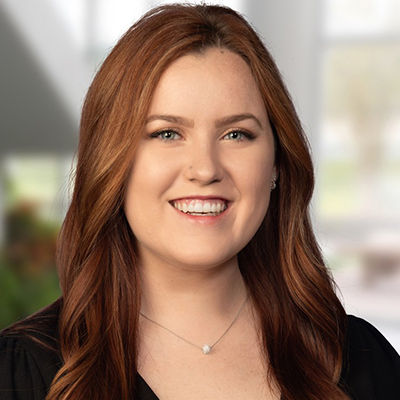Training to become an engineer requires hard work and discipline, but Jayme Laser, director of engineering – supply chain, for Conagra Brands, says the effort is well worth it.
“Some people may be able to breeze right through—I haven't met them yet, and they would be my hero if they could—but it is definitely a sacrifice through college, but then you do see the rewards afterwards,” she says.
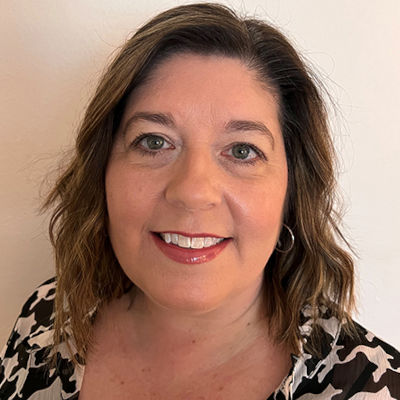
“Being in male-dominated classes, it gave me the confidence to go up to the different men in my class and ask to join their study groups and work with them. I developed some really good friendships from there.” — Jayme Laser, Director of Engineering – Supply Chain, Conagra Brands
More women like Laser are taking the plunge, developing technical skills and solving complex problems across all sectors—including the food industry. To honor this work, and encourage young women to embrace engineering, the UK-based Women’s Engineering Society is marking the 11th International Women in Engineering Day on June 23.
In celebration, Laser—as well as Savannah Stellhorn, structural engineer II for Stellar, and Jaclyn Navara, head of engineering for Kerry—share their experiences in the food industry and offer insight on how to support current and future women engineers.
A Look at the Data
While women have increasingly pursued STEM fields over the last 40 years, the architecture and engineering group has experienced more modest growth than other disciplines, according to data reported by the U.S.-based Society of Women Engineers.
Specifically, in 1980, women represented 5% of the architecture and engineering category, and that has since increased to 16% in 2023.
Comparatively, women represented 33% of those in the biological sciences in 1980, and their share has since grown to 55%. The share of women in computer and mathematical professions hit a peak of 35% in 1990, but it has hovered around 27% since then. Meanwhile, the percentage of women working as chemists and materials scientists peaked at 39% in 2013, but they represented 36% of the field in 2023.
Many women engineers encounter these differences early on, beginning in their college classes. Laser, who attended Penn State University, said there were few women in her mechanical engineering courses, but that experience has since served her in her career.
Looking for a reprint of this article?
From high-res PDFs to custom plaques, order your copy today!
“Being in male-dominated classes, it gave me the confidence to go up to the different men in my class and ask to join their study groups and work with them,” she says. “I developed some really good friendships from there. When I got out into the workforce, it gave me the confidence to be able to speak up, to ask questions, to learn, and in a sense, not be intimidated, which I think is very important.”
Stellhorn, who studied architectural engineering while simultaneously earning an MBA at the University of Alabama, was involved in a small bachelor’s program, but it also worked to her advantage.
“We had a lot of shared classes with the rest of the civil department as a whole, but once it got more into the advanced classes and master's classes, my biggest class in that category had eight people in it,” she says. “I could ask any question without raising my hand—it was just a conversation. I really enjoyed that. It was very personalized.”
Navara, who earned a bachelor’s degree in mechanical engineering from Rowan University, notes there were three women in her cohort of 50 students. Her college experience, combined with her sevice as a firefighter, has made her no stranger to operating in predominantly male groups.
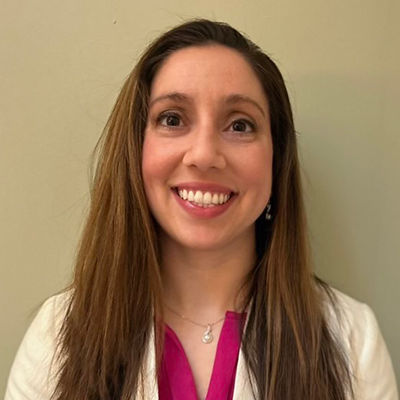
“Make sure you're surrounding yourself with an encouraging workplace and then be around those that you aspire to be like. I feel like it all starts working for a good company that is supportive of these things, like International Women's Day, Culture Week and events such as that” — Jaclyn Navara, Head of Engineering, Kerry
“Even on a personal level, I've always felt like it's been a male-dominated environment in a lot of aspects of my life so far,” she says. “But I would say just stick to your guns, be your true authentic self, stay confident and through your own hard work, all your challenges will be overcome.”
Working in the Food Industry
Laser began her career in the power industry, but concerns over its cyclical nature and the potential for job losses drew her to the food industry.
“People have to eat, so there should always be a need for engineering and food,” she says.
Through her work with a design-build firm, she caught the attention of Pinnacle Foods, which was acquired by Conagra Brands in 2018. Her current role allows her to work with several Conagra facilities and develop their capital plans.
In 2020, Laser oversaw the building of a 245,000-sq.-ft. vegetable processing facility in Waseca, MN, designed to support Conagra’s frozen food business. On top of the major supply chain challenges the industry experienced during the global COVID-19 pandemic, the facility had to be ready to accept peas and corn for fresh packing.
“Schedule was number one because we didn't have another facility to fall back on,” Laser says. “We did sacrifice some other things like cost for schedule to be able to achieve that, but we did achieve it. We were ready on day one to process peas, which was mid-June. Then corn started early August, and we were ready for corn. We had a successful season, which was great.”

Meanwhile, Stellhorn didn’t consider entering the food industry before joining Stellar, but she found it to be a perfect fit. One of her first solo projects involved expanding a Bell & Evans hatchery. It was also one of her first experiences with precast concrete panels.
“Coordinating with that manufacturer was interesting, and I got to learn a lot more about that process as a whole,” she says. “It was just nice to work on a plant that birthed chickens rather than butchered them.”
Stellhorn also served as primary structural engineer on a freezer addition and truck dock expansion for a cold storage facility. She designed the overall building structure, reviewed the existing building for new loads and designed a large roof stair and tilt-up panels for the dock.
“It required Superflat VNA floors for the freezer, which was a delegated design and super interesting to learn about,” she says. “Designing the foundations was probably the most fun part for me. Since it was an addition, there was the challenge of coordinating the new foundations with existing. Also, it was a fairly tall and wide building, so the lateral design ended up being pretty beefy.”
Stellhorn has also been working on a manufacturing plant for honey buns and doughnuts. Stellar is designing the slab, while one contractor designed the facility shell and another is building it.
“Stellar does everything for most of the jobs I work on, so this one has been a great learning experience in terms of collaboration and communication with an outside contractor,” she says. “My involvement has primarily been in assisting with the design of exterior slabs for large storage silos and interior supports for hanging hoppers that hold flour, sugar and other ingredients. We do onsite inspections pretty often, so I've been able to see progress in person more than in a typical job.”
Working for ingredient supplier Kerry, Navara has been involved with several sustainability-focused projects at the company’s Clark, NJ, facility. They include integrating plasma technology emission solutions to reduce energy usage and carbon footprint, developing new boiler stacks to operate at 100% capacity while reducing energy consumption, a wastewater improvement project to reduce stored mineral deposits, and refurbishment of a regenerative thermal oxidizer (RTO), which led to operational and energy sustainability enhancements.
“I know Kerry is a big supporter of sustainability, so I feel really proud and honored that they trust in me to be in the forefront of some of these projects,” Navara says. “Seeing it through and seeing the end result has been very rewarding for myself, as well as a lot of my coworkers and those that are involved and participating in the teams as well.”
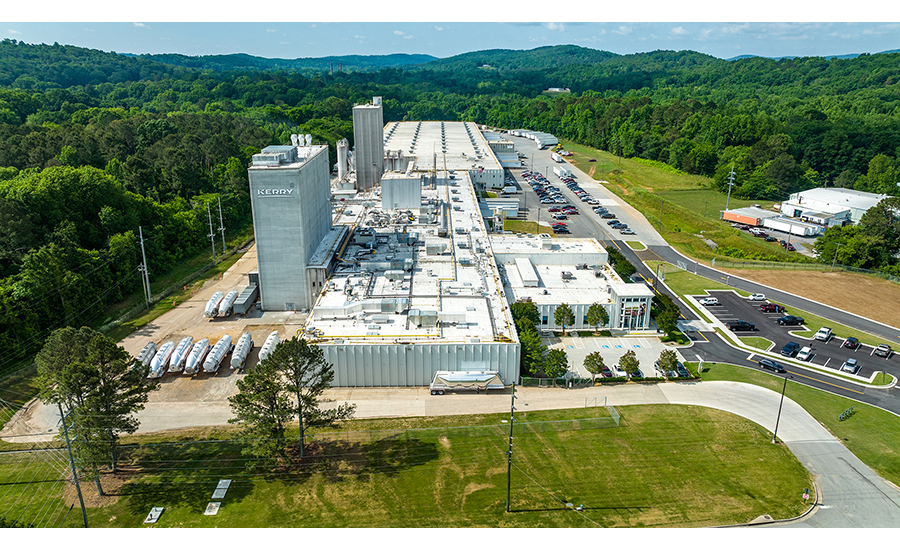
Supporting Current and Future Women Engineers
Laser says her colleagues at Conagra offer cross-functional support during projects, but they’re particularly proactive when it comes to professional development. She belongs two groups: a women’s resource group and one for women in supply chain. Laser says the supply chain group recently hosted a book club related to career growth.
Conagra also hosts an engineering development associate program, which allows the company to bring summer interns into its manufacturing facilities. Laser says she enjoys serving as a mentor to young engineers, helping them expand their problem-solving skills and plan for their futures.
“When you have a mentee, a lot of times it's because they are early on in their career and they don't know what questions to ask,” she says. “Make the conversation comfortable, make them feel safe, make them feel that what they're going to share with you is going to stay with you. That will help them confide in you more, maybe tell you what some of their fears are or what some of their struggles are, so that you can help them and guide them through what next steps would be.”
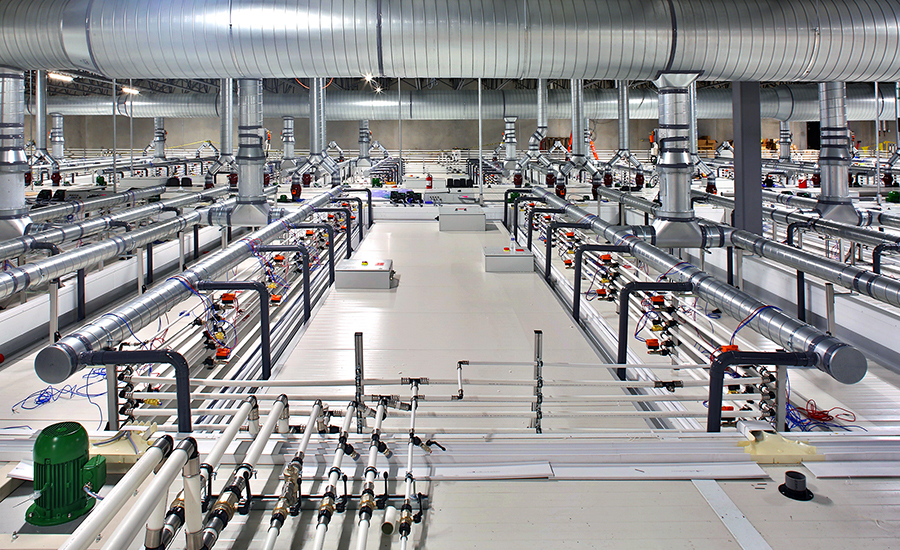
Stellar also has a mentorship program, but Stellhorn says mentors and mentees are matched based on personality and not necessarily by department. Stellhorn’s mentor works on the benefit side of human resources.
“Not only do we relate personally just because we’re very similar, but she offers a different perspective than someone I work with on regular basis,” she says.
Outside of the mentorship program, Stellhorn says her colleagues are supportive, but in terms of general interactions, she recommends being aware of any biases that can brought into conversations. For example, during onsite visits Stellhorn has been thought to be the project architect, rather than the engineer.
“It is challenging to remain mindful and not get so worked up about other people’s lived experience,” she says. “The majority of the time, people aren’t trying to negate your experience or be rude to you in any way. They just haven’t come across many women engineers or women in the STEM field in general.”
Stellhorn also volunteers at a local girls’ school, and she says she advocates for STEM careers whenever she can. During her time at Rowan University, Navara worked with the Engineers on Wheels program, offering STEM demonstrations in elementary schools.
Professionally, Navara said Kerry has also been supportive by fostering a sense of community and highlighting diversity.
“Make sure you're surrounding yourself with an encouraging workplace and then be around those that you aspire to be like,” Navara says. “I feel like it all starts working for a good company that is supportive of these things, like International Women's Day, Culture Week and events such as that. I feel like Kerry has been great for supporting career development plans, so I overall feel like Kerry’s doing everything they possibly can for inclusivity and diversity, and I definitely see benefits from that.”
When it comes to diversity, Laser, Navara and Stellhorn agreed that it’s important to build engineering teams with people of unique backgrounds in all ways—not only gender—to boost creativity.
“Based on your own life experience—regardless of events relevant to your field—you conceptualize things differently,” Stellhorn says. “I may look at a problem in a different way than my male counterparts might, just simply for the fact of who I am. I think diversity as a whole really lends itself to more creative solutions.”


